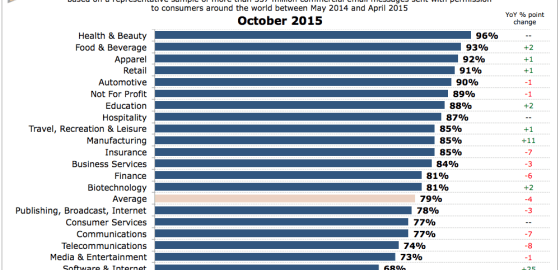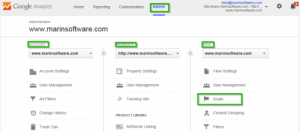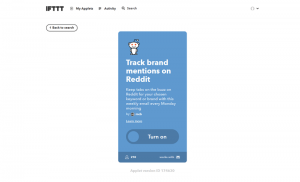 Most days you’ll get someone asking you “did you get my email”, to which you scratch your head and try to remember, only to assume they sent it to the wrong person or never sent it in the first place. You probably reply with something like “no, sorry, it must have gone into my spam box”.
Most days you’ll get someone asking you “did you get my email”, to which you scratch your head and try to remember, only to assume they sent it to the wrong person or never sent it in the first place. You probably reply with something like “no, sorry, it must have gone into my spam box”.
The fact is, email is not as reliable as we might think. True, some emails do go into your spam box, but others never make it that far. Indeed, many emails do not get to pass your “white list” because they are blocked at the server level, or end up in a never-ending queue trying to reach you, but failing.
New research shows that on average, 21% of emails just never get to their intended recipient. What’s worse, is this study is for permission-based emailing, where individuals have signed-up to receive the messages. These are not random emails, but they have been requested.
The study shows, however, that some sectors are better than others at achieving delivery of their email messages. Health and beauty is the top of the table with only 4% of emails not reaching their targets. Meanwhile, at the bottom of the list is the technology sector – which you might think would know better – with a whopping 55% of emails that never get delivered.

If you look at the data, though, you will see that the things that get the highest deliverability are mostly personal things – about us as individuals. They are about our health, what we eat, what we wear and what we drive. Things that are less personal get lower inbox placement rates.
The message is clear – appeal to people as individuals and they are much more likely to take steps such as whitelisting your email address. If your email marketing does not appeal to people as individuals, they won’t bother to take action to ensure your emails get delivered.
Digital & Social Articles on Business 2 Community(85)






